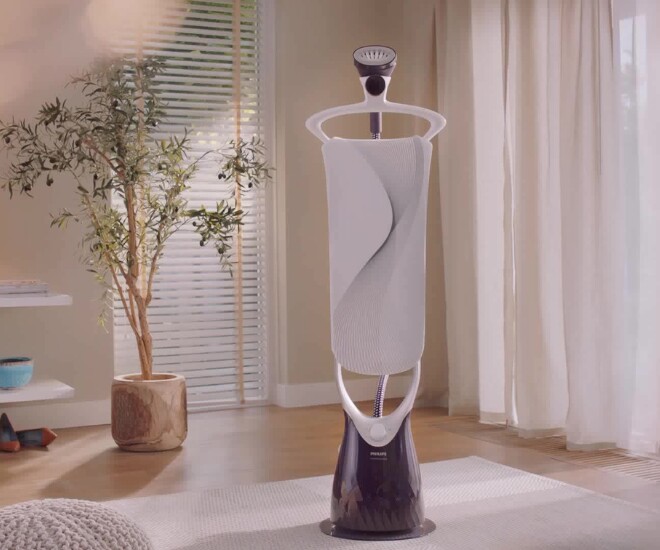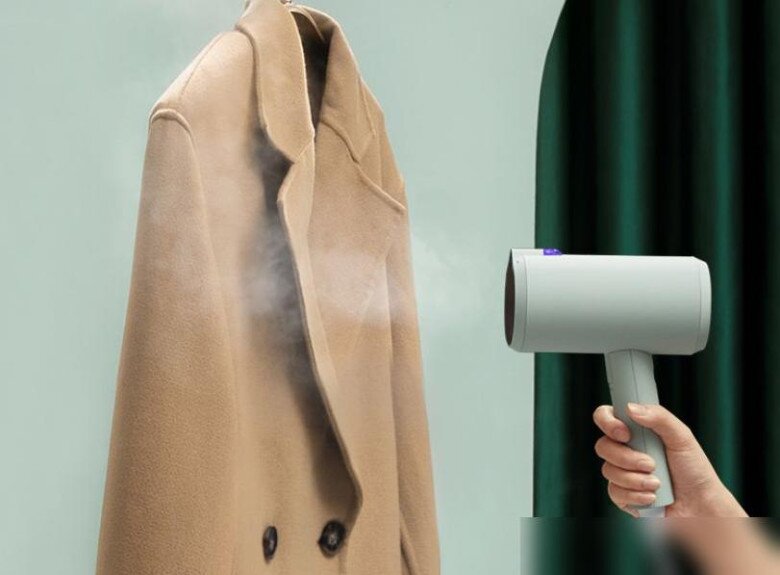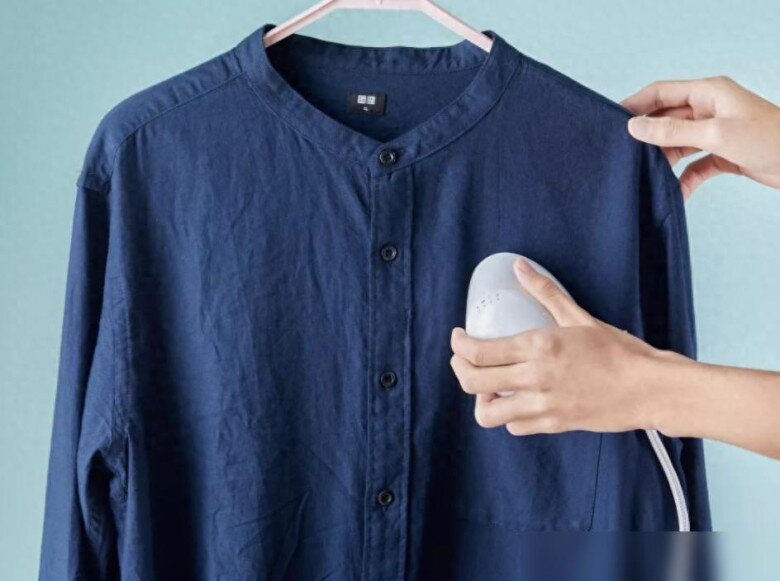There are various types of irons available in the market, and steam irons used to be the most favored option due to their convenience and effective smoothing capabilities. However, many people are now abandoning steam irons and going back to using traditional electric irons.

Why were steam irons previously preferred?
1. Ease of use
One of the most important factors that made steam irons popular was their ease of use. With a simple design, you only need to plug it in and wait a few seconds before starting. Unlike traditional irons, steam irons don’t require a long warm-up time, saving you time, especially on busy mornings or when you need to prepare outfits in a hurry. Just fill the water tank, and you can start ironing immediately without worrying about temperature adjustments.
Moreover, steam irons usually come with convenient accessories, such as a foot pedal or a hanging hook, making the ironing process more comfortable. You can adjust the height or position of the iron, providing maximum comfort during use. This is especially beneficial for those with weak physical strength or the elderly, as it allows them to iron clothes without difficulty.
2. Doesn’t damage clothes
A notable feature of steam irons is their ability to protect clothes from damage. Ironing hanging clothes allows the steam to penetrate each fiber without applying pressure, thus minimizing the risk of burning, deformation, or wrinkling the fabric. This is particularly important for sensitive fabrics like silk, chiffon, or intricate patterns.
Additionally, steam irons usually offer various functions, allowing users to adjust the steam level and temperature according to the fabric type. Some models even have an automatic fabric recognition mode, optimizing the ironing process and providing the best protection for your clothes. This gives you peace of mind, knowing your garments will be well-maintained without the worry of damage.

3. High safety
Safety is an essential factor when choosing household appliances, and steam irons meet this criterion well. Modern products are often equipped with multiple protective features, such as smart sensors that shut off the power when not in use or automatically turn off after a certain period. This ensures the safety of the user and protects the device from hazardous situations like overheating or electrical leakage.
Additionally, steam irons have anti-slip designs and other protective features to prevent injuries during use. For families with young children, these safety features are especially important, giving parents peace of mind when using the device at home.
3 drawbacks that are making more and more people switch from steam irons to traditional electric irons
1. Power consumption
One of the critical factors driving consumers to switch from steam irons to electric irons is their power consumption. Steam irons typically have higher power ratings, ranging from 1,500 to 6,000 watts. While this enables them to generate powerful steam for ironing, it also means that you must be cautious to avoid damaging the appliance or your clothes. Using a steam iron can increase your household’s electrical load, especially when used simultaneously with other electrical devices.
In contrast, traditional electric irons usually have lower power ratings, reducing electrical consumption and alleviating pressure on your home’s electrical system. This allows for more convenient and safer use without worrying about overloading your electrical circuit.

2. Space consumption
Some steam irons tend to be bulky and cumbersome, making storage and usage challenging, especially in small spaces. You need a large enough area to accommodate the iron and its water tank, which can be obstructive in small apartments or limited spaces.
On the other hand, electric irons are designed to be more compact and lightweight, making them easier to maneuver and store. You can conveniently carry an electric iron while traveling without the need for a large luggage allowance, saving space and time. This is beneficial for frequent travelers or those who wish to maintain a spacious living environment.
3. Temperature control
Another notable issue is the temperature control of the iron. Steam irons often struggle to maintain a stable temperature, especially when first used or when ironing different fabrics. Uneven temperatures can lead to clothes being burned or not adequately ironed.
In contrast, traditional electric irons usually feature temperature adjustment functions, allowing users to tailor the heat according to the fabric’s needs. Being able to select the appropriate temperature not only safeguards your clothes but also enhances ironing efficiency, yielding better results with fewer risks. This makes electric irons the ideal choice for those with a diverse range of fabrics in their wardrobe.

Should You Leave Your Doors or Windows Ajar During a Storm to Prevent Roof Damage?
As Typhoon Yagi makes its way inland, a curious piece of advice has been circulating on social media. Some people are suggesting that, in the event of a typhoon, one should leave their windows slightly ajar or open a door to reduce air pressure inside the house. This, they claim, will lessen the likelihood of roof damage, broken windows, and other storm-related havoc. But is there any truth to this advice, or is it just another storm in a teacup?






































